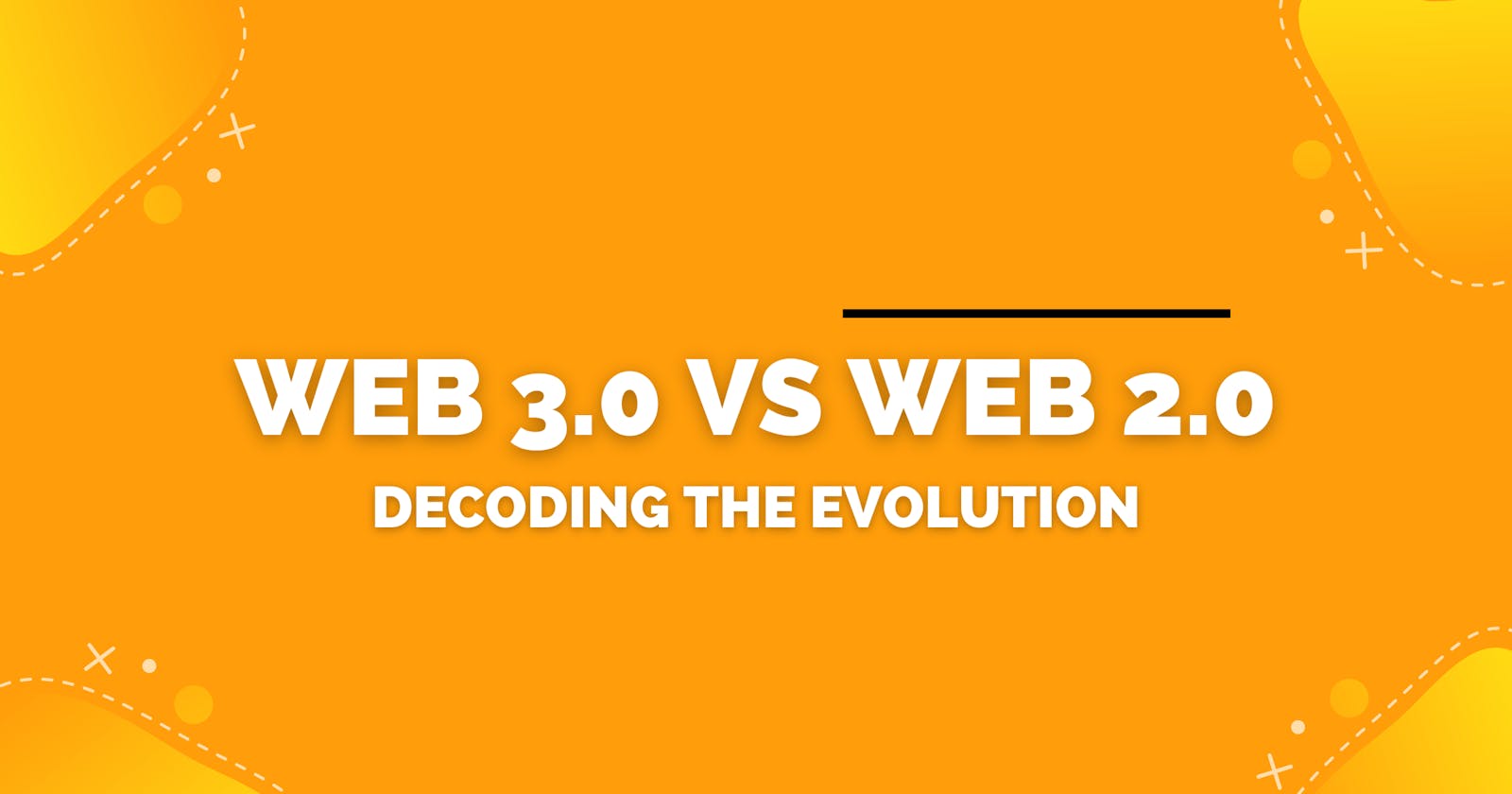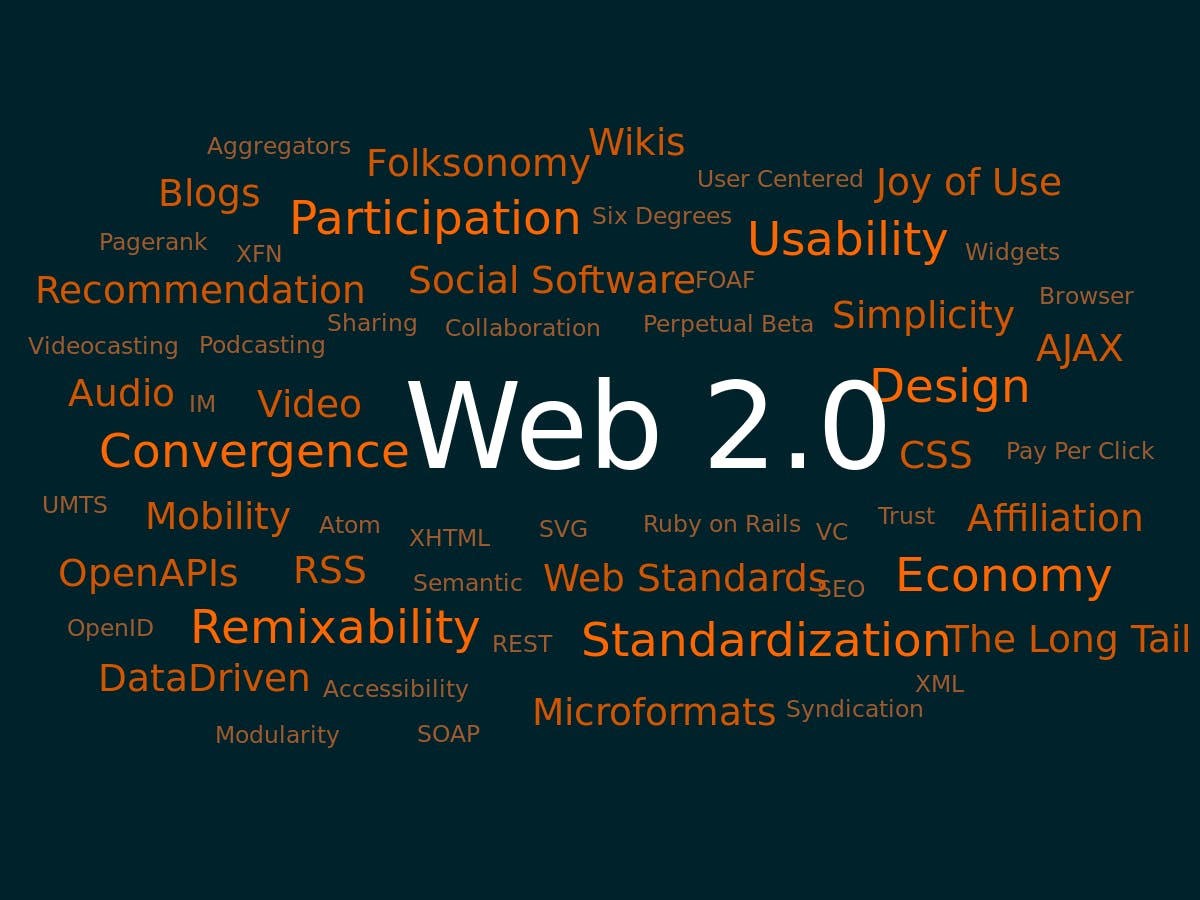Web 2.0 is the “writable” phase of the web, enabling user interaction and dynamic content. In contrast, Web 3.0, the "executable" phase, leverages semantic web concepts and blockchain technology for smarter, decentralized operations.
What is Web 2.0?
Web 2.0 has evolved from the read-only nature of Web 1.0 to facilitate user interaction and targeted advertising. Applications in this phase offer dynamic content and engage users extensively.
What is Web 3.0?
Web 3.0, the third generation, aims for intelligent, decentralized internet operations. It incorporates blockchain technology for ownership through smart contracts, ensuring user autonomy and openness.
In Web 2.0, users can modify content (read-write), while in Web 3.0, content ownership is secured via blockchain, granting full rights without requiring permission.
Features of Web 3.0
No Permission Required: Users can access services without permission from a central authority, promoting inclusivity and accessibility.
Payment Network: Transactions take place via blockchain or peer-to-peer networks, reducing reliance on traditional payment systems.
No Payment Verification: Payment processes do not require personal data, enhancing privacy and security.
Freedom: Users enjoy freedom from centralized censorship and surveillance, encouraging open expression and information sharing.
Connectivity: Semantic metadata enables deeper information connections, improving user experience and access to knowledge.
Artificial Intelligence: Enhanced AI capabilities enable computers to interpret data in a human-like manner, improving user interaction and personalization.
Features of Web 2.0
Dynamic Content: Websites provide responsive content based on user interaction, increasing user engagement.
Information Flow: Interaction between site owners and users is facilitated through ratings and online comments, fostering community engagement.
Interactive Advertising: Advertising becomes more interactive and targeted, optimizing marketing efforts.
Data Collection: User data is collected through web forms, enabling personalized experiences and targeted advertising.
These features illustrate the evolution from Web 2.0's focus on user interaction to Web 3.0's emphasis on decentralization, privacy, and increased user autonomy.
Key differences between Web 2.0 and Web 3.0
Centralization vs. Decentralization:
Web 2.0 relies on centralized servers controlled by corporations, leading to potential data breaches and censorship.
Web 3.0 operates on decentralized networks, such as blockchain, ensuring data integrity, security, and user autonomy.
Ownership and Control:
In Web 2.0, users have limited ownership and control over their data, which is often monetized by centralized platforms without user consent.
Web 3.0 emphasizes user ownership through cryptographic keys and smart contracts, enabling users to control their data and digital assets.
Privacy and Security:
Web 2.0 platforms often compromise user privacy through data collection and surveillance practices.
Web 3.0 prioritizes privacy and security by design, using encryption and decentralized storage to protect user data from unauthorized access.
Payment and Transactions:
Web 2.0 relies on traditional payment gateways and intermediaries for transactions, resulting in delays and fees.
Web 3.0 enables seamless peer-to-peer transactions using cryptocurrencies and smart contracts, eliminating intermediaries and reducing transaction costs.
User Experience and Personalization:
Web 2.0 provides personalized experiences based on user behavior and preferences, often through targeted advertising.
Web 3.0 enhances the user experience with AI-driven personalization while preserving user privacy and data ownership.
Content Creation and Sharing:
In Web 2.0, content creation and sharing are centralized on platforms such as social media and blogging sites, subject to platform policies and algorithms.
Web 3.0 fosters a decentralized content ecosystem, allowing users to publish and share content directly on the blockchain, free from platform restrictions.
Interoperability and Connectivity:
Web 2.0 lacks interoperability between platforms, which hinders data sharing and collaboration.
Web 3.0 promotes interoperability through standardized protocols and decentralized networks, enabling seamless data exchange and connectivity across platforms.


